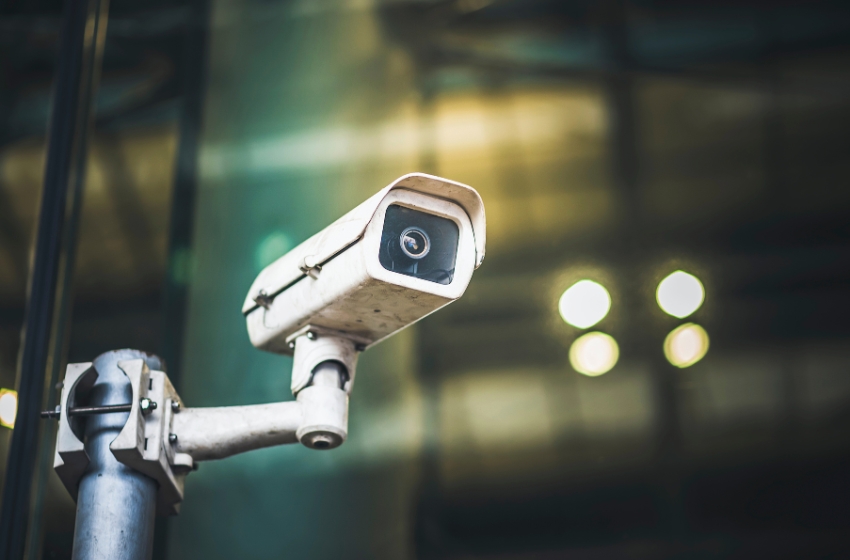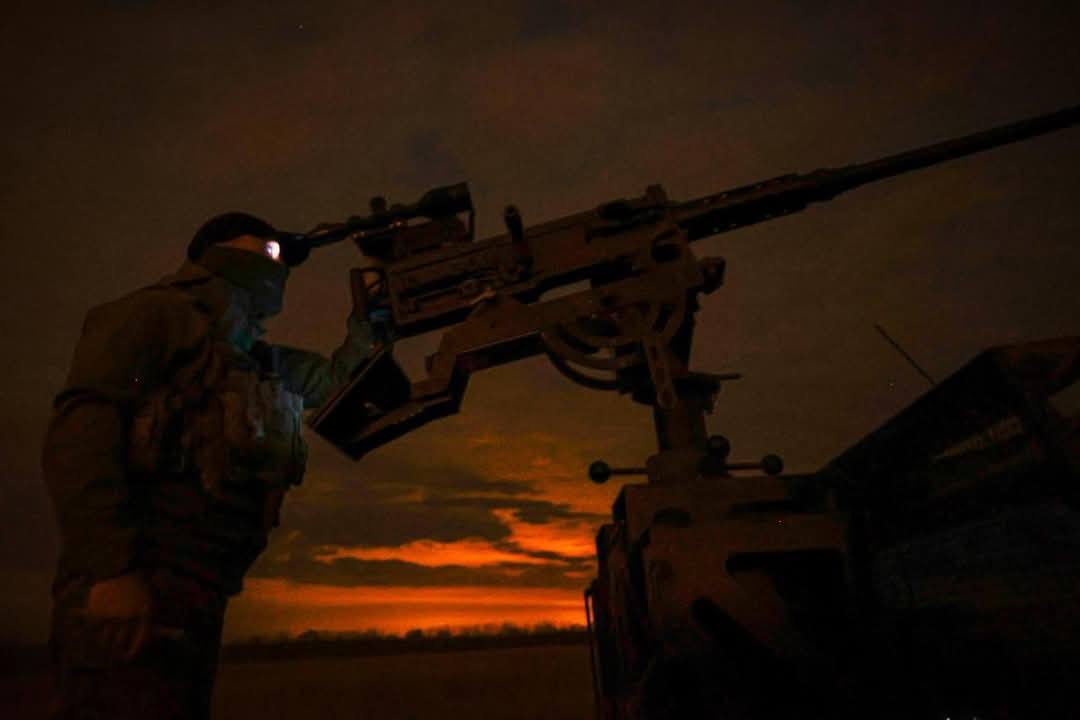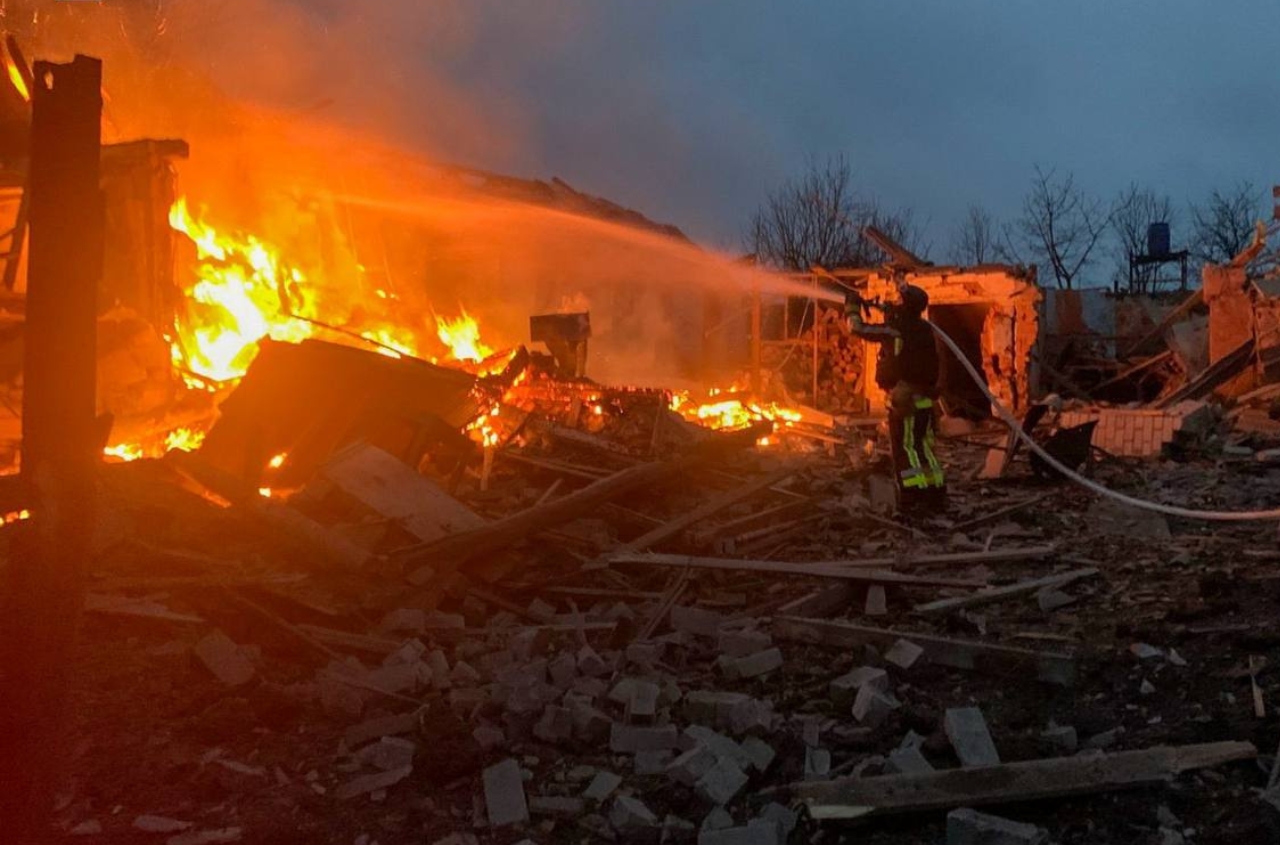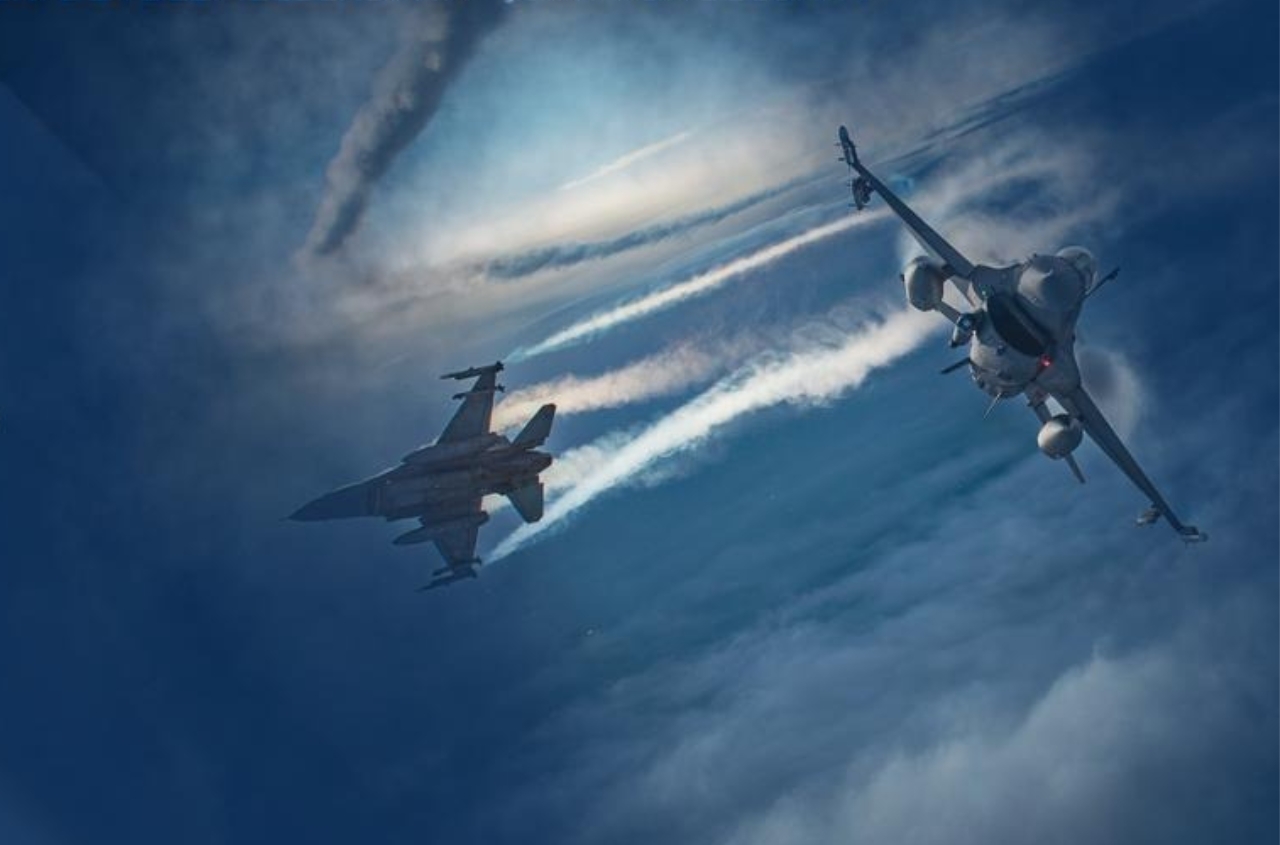In recent years, Russia has been actively hacking video surveillance systems on the borders of European Union countries, especially those bordering the Russian Federation or within its sphere of influence. This has become a new important front in Moscow’s hybrid war against Europe and NATO. Russian cyber operations aim to gather real-time intelligence, test cyber defenses, and undermine trust in Western security systems, experts from the Robert Lansing Institute stated.
The main goal of such hacks is to obtain real-time information about NATO troop movements, logistics routes, and vulnerabilities of critical infrastructure. Video cameras at military bases, transport hubs, and border checkpoints are a cheap but valuable source of data that Russia uses to track deliveries of Western military aid to Ukraine. This allows Moscow to assess the scale and timing of shipments, as well as to adjust its actions.
Moreover, camera hacks serve as a kind of reconnaissance mission — they help identify weaknesses in cyber defense and check how quickly NATO and local services respond to intrusions. Successful cyberattacks also act as a tool of psychological pressure, undermining the population’s trust in the EU countries’ authorities’ ability to ensure security. In this way, Russia demonstrates its technological superiority and creates a sense of vulnerability in the adversary.
Camera hacks also support broader hybrid operations — they facilitate sabotage, disinformation campaigns, and the movement of agents. This is part of a strategy that blurs the line between war and peace, civilian and military targets.
For NATO and EU countries, this creates serious threats. Disruption of border control reduces situational awareness, which increases the risk of unexpected provocations and infiltrations. Interception of video data from military exercises and transports can jeopardize the security of operations, giving Moscow the opportunity to adjust its actions and spread false information. Furthermore, the hacks affect civilian functions as well, such as public order protection and border control, complicating the fight against hybrid threats.
Many of these attacks could be considered grounds for applying Article 5 of the NATO Charter, which provides for a collective response to aggression, but so far such incidents remain below the threshold of open conflict. Nevertheless, their accumulation increases the risk of unintended escalation.
In a broader strategic context, the Kremlin uses cyber hacks of cameras as an inexpensive, covert, and effective way to counter NATO’s superiority, restrain its buildup on the eastern flank, and send signals that Russia “is also watching.” This is simultaneously a tool of pressure and a means of manipulating public opinion inside Europe, where cyberattack incidents cause political disputes and deepen divisions among allies.
Examples of such operations have been recorded in Poland and the Baltic countries, where numerous cases of unauthorized access to transport and infrastructure surveillance systems have been registered over the last two years. After Finland joined NATO, hacking activity on its border systems has increased significantly. Germany and the Czech Republic have also reported suspicious activity around surveillance systems at facilities related to humanitarian aid for Ukraine.
These operations hold special significance in the context of the war in Ukraine. Russia uses hacked cameras to track convoys with Western military and humanitarian aid, as well as to coordinate strikes on warehouses and transport hubs in western Ukraine. According to NATO, such actions are closely connected with Russian intelligence operations in Eastern European countries and serve as political pressure on governments attempting to support military aid to Kyiv.
To protect against these threats, NATO and EU countries recommend strengthening the cyber defense of video surveillance systems, implementing modern encryption technologies and artificial intelligence for anomaly detection, as well as training local operators in cyber hygiene rules. In addition, it is important to create clear protocols for responding to and attributing cyberattacks, to prevent concealment and diffusion of responsibility.
Overall, hacking of video surveillance cameras has become an important part of Russia’s hybrid strategy, allowing it to conduct covert warfare in the digital domain and weaken Europe’s unity and security without escalating to open military confrontation. This new front requires coordinated and resilient defense measures from NATO and the EU to protect not only physical but also digital borders.


















